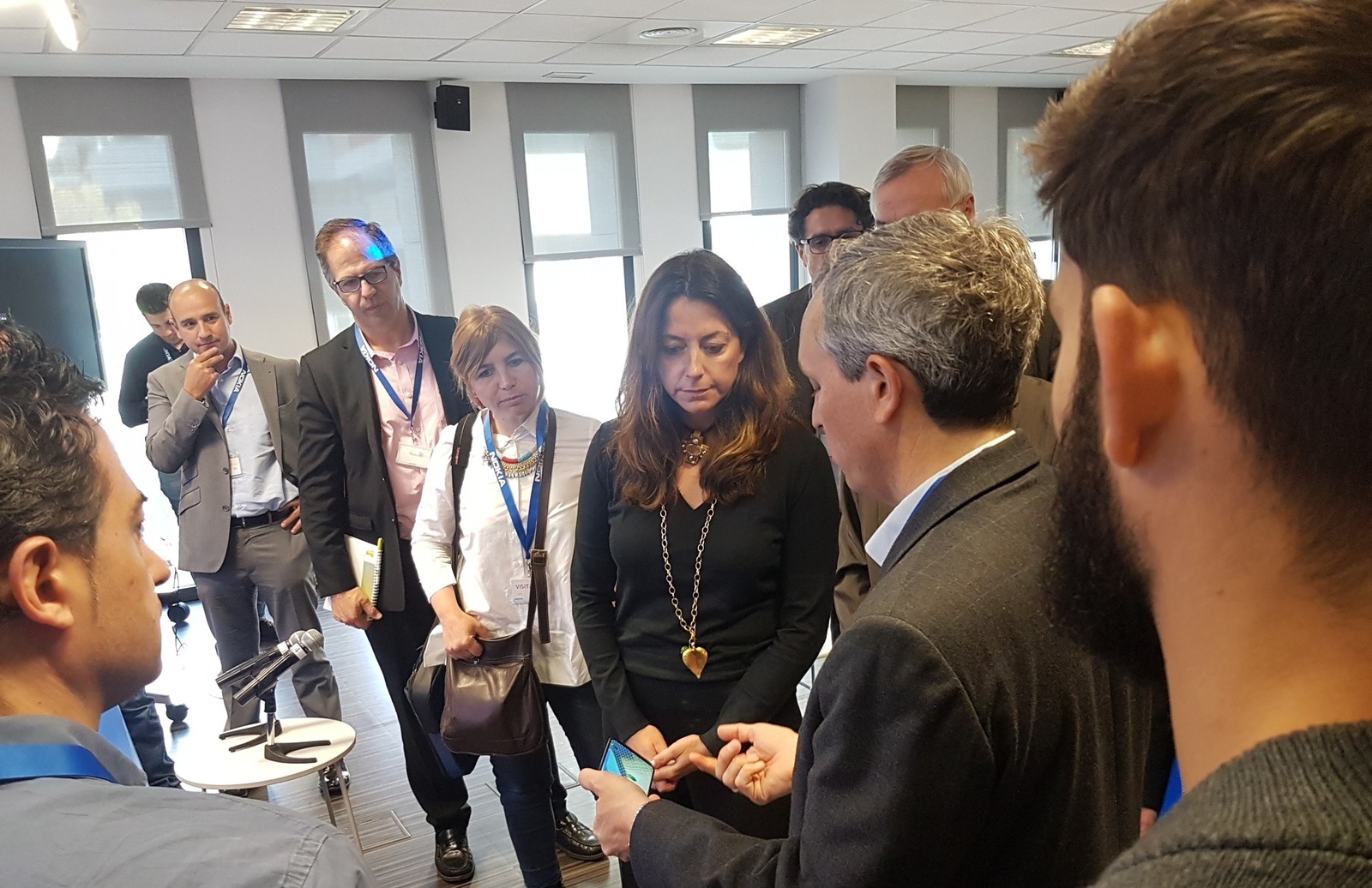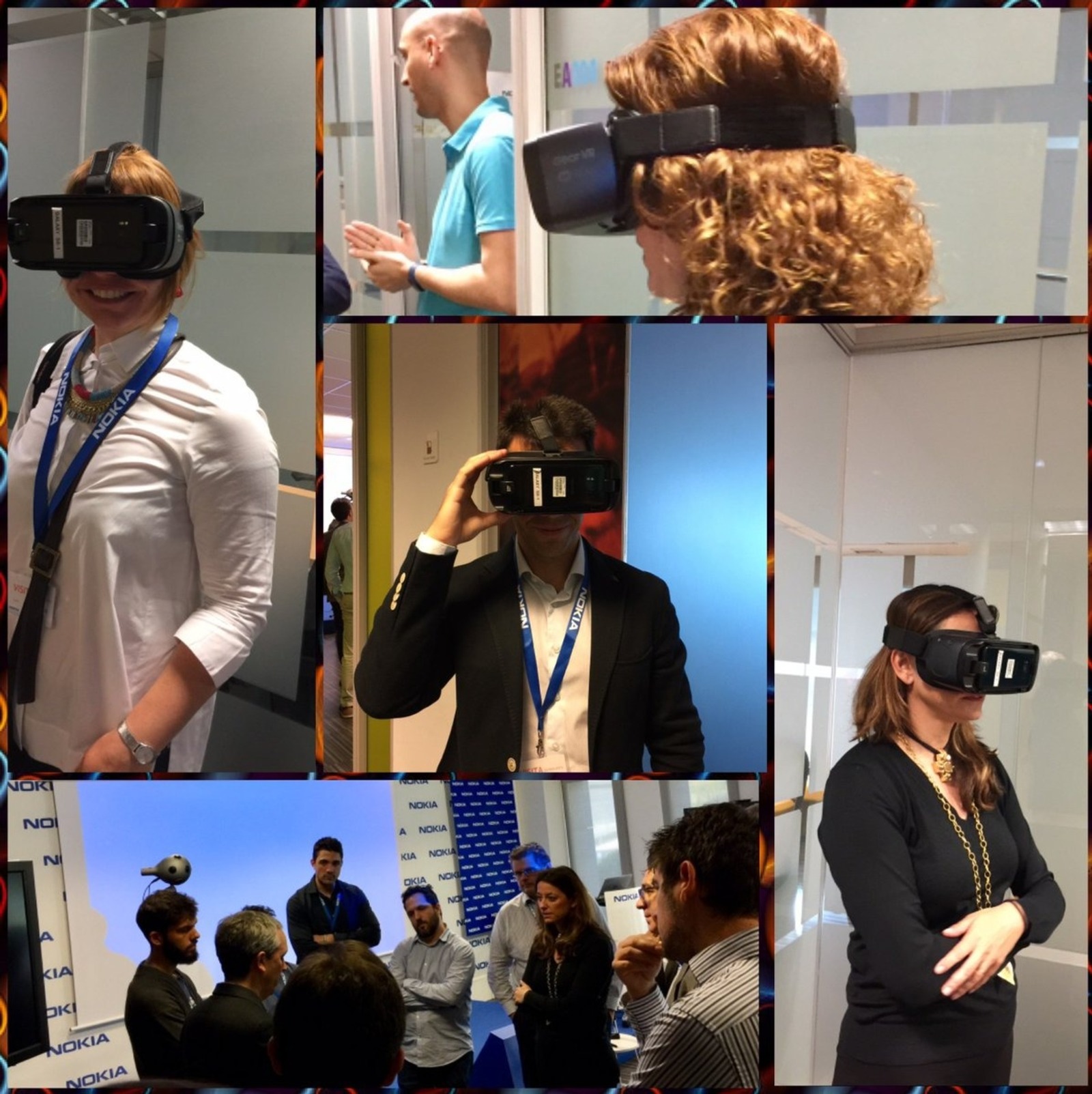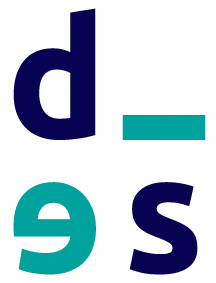09/05/2018
According to Villegas, for this to happen, it is necessary to develop devices that are smaller than the current glasses, which are still very bulky. Contrary to the usual perception, the head of Nokia explained that Augmented Reality does not always have to come through glasses, but can be developed through audio, with headphones, or with holography, as we have seen in some science fiction movies.
The point is that the results are credible, and the brain feels as real what is projected or recreated. Thus, the demo cited as a success story the one carried out by Mercedes, which recorded a route similar to that of Jarama through the streets of Madrid. Once at the circuit, while a professional driver drove at top speed, the co-drivers saw images of the center of Madrid at 300 km/h in their glasses. The sensation, according to those who have tried it, is of extreme realism, as we can see in this video
.
Imagine you are driving through a traffic jam. A truck, in front of you, doesn’t let you see anything at all. You then put on your augmented reality glasses and “blur” the truck to see what’s behind it, which causes the traffic jam. These are some of the uses and applications to which we will have to get used to in a future that, experts say, is not so far away.
This is how he told it yesterday Álvaro Villegas, Head of Bell Labs Spain Nokia, on the new demo of the #ForoIN organized by technology association DigitalES, where he assured that Augmented Reality is the engine of the 4th Digital Transformation, after the changes brought about by the computer console, the mouse and the smartphone.
Along these lines, the expert pointed out that Augmented Reality is capable of “putting things in our world in such a natural way that screens will no longer be necessary”. Televisions, computer screens and cell phones would therefore be totally dispensable.
Virtual and augmented reality applications continue to grow, thanks in part to the advances provided by 360 cameras, which with their 8 lenses record everything around them. The change is disruptive, since the spectator of an event, such as a concert or a soccer match, no longer follows the gaze directed by the camera or the filmmaker, but looks where he wants. You have the feeling of being there.
For its part, Fernando Montesa, director of Digital Experience at Everis, reviewed the different types of glasses or devices, analyzing both their features and their design, a very important aspect to achieve public acceptance, and pointed out that virtual reality has already passed the disillusionment phase and is starting to take off.
Among its multiple applications, Montesa highlighted 4 points as the most important for companies today: new marketing channel; creation of customer experiences; improvements in operational efficiency and training applications. “The big challenge,” he concluded, “is to create new digital worlds that do not mirror the real ones.











